 Knowing how to find water in the wild whether you are in the desert, prairie, or in the forest is one of the most important survival skills there are. Water is the number one most important resource required for survival. Most people can only go about 3 days without water before the symptoms of dehydration start to affect them. Knowing what to look for and having a few strategies on hand, can give you a piece of mind when you’re in the wilderness on your next adventure.
Knowing how to find water in the wild whether you are in the desert, prairie, or in the forest is one of the most important survival skills there are. Water is the number one most important resource required for survival. Most people can only go about 3 days without water before the symptoms of dehydration start to affect them. Knowing what to look for and having a few strategies on hand, can give you a piece of mind when you’re in the wilderness on your next adventure.
No matter where you find water, always take the time to filter it, whether it is through a filter you happened to have in your pack or a make-shift one that you create on the spot. There are simple strategies you can take to reduce the risks associated with drinking water found in the wild. Clear flowing water is always your best and safest option but that is not always an option.
The Basics of Finding Water
The number one thing to do when you find yourself lost and in serious need of water is to scope out the landscape and pick out all of the low lying areas such as valleys and ravines where streams, lakes, rivers, and ponds may be located. Look for trees and other forages that commonly grow near water sources. Rainwater can also collect in rock crevices.
 A great tip is to be silent, especially during the night. Many times you can hear flowing water from great distances. If it is night and you hear water, note the direction of the sound and head that way at sun up. Traveling at night, especially without a light source, can be dangerous and is best avoided.
A great tip is to be silent, especially during the night. Many times you can hear flowing water from great distances. If it is night and you hear water, note the direction of the sound and head that way at sun up. Traveling at night, especially without a light source, can be dangerous and is best avoided.
Observing the wildlife that surrounds you is also and is an important strategy when it comes to looking for water in the wild. During the sun up and sun down, look for birds flying and note their direction. Birds tend to flock to water sources during these times, especially in dry areas. Game trails are another thing to keep an eye out for. Many times deer and other animals will follow the same path every day from their watering hole to their feeding grounds. Converging game trails can also be an indicator of a nearby water source. Insects are another sign of water. Many insects need water for reproduction, so insect swarms may indicate that water is nearby.
If you cannot find water, but have come across some fruits or edible vegetation. Go ahead and eat them as they will provide you will some hydration and nutrition, which is better than nothing. There are a few strategies you can use to collect water from a variety of sources.
Collecting Water
If you get the chance to, collecting rainwater is the safest way to obtain drinking water in the wild. You can use all the containers you have and strategically place them in areas to catch rain water. If you have a tarp you can tie it to trees creating a catch that drains into a container. You can also collect water that plants release through transpiration.
To collect water from plant transpiration, you must have a plastic bag. Before the sun comes up tie the bag with a rock in it around green vegetation, like a deciduous tree. Be certain that you are not trying to collect water from a poisonous plant. Place the rock in a way so that the water has a place to collect in the bag. By evening, enough water should have collected in the bag to provide a drink. Gently poke a hole where the rock is and allow the water to drain into your container.
You can also collect drinking water from snow and ice; however it is extremely important to melt them first. Eating snow and sucking on ice because you are stranded in the wild and in dire need of hydration could be detrimental. The snow and ice will make your body temperature drop which causes your body to work harder and dehydrates you faster. In an already cold environment this could also allow hypothermia to set in. If you happen to be in an area that has both salt and freshwater, you can take some of the water and put it into a container and let it freeze. The freshwater will freeze out first leaving a slush of salt water that can then be separated.
Making a Water Filter
 As mentioned before, you should always filter water before you drink it. If you do not have a filter in your pack, this method allows you to use what you have on hand to create a water filter. To make a water filter you will need a container and to find some sand and gravel. Take your container and punch a few small holes in the bottom of it. If do not have a container available you can make one out of birch bark, by simply rolling it into a cone with a small opening at the end.
As mentioned before, you should always filter water before you drink it. If you do not have a filter in your pack, this method allows you to use what you have on hand to create a water filter. To make a water filter you will need a container and to find some sand and gravel. Take your container and punch a few small holes in the bottom of it. If do not have a container available you can make one out of birch bark, by simply rolling it into a cone with a small opening at the end.
Add some gravel to the bottom of the container, and then fill the container the rest of the way with sand. You want to add enough gravel that it will keep the sand from coming through in your water. You can also use grass or cotton if that is what you have on hand. Then it’s just a matter of pouring the water into your make-shift water filter and waiting for it to come out the other end.
How to Dig an Underground Still
One strategy that has been known to provide a reliable source of water is by creating an underground still. While this technique can be used above ground, you will get more water by placing the still underground. So if you have the energy and materials, this may be your best option for survival when it comes to dehydration.
To build an underground still you will need the largest container you have, clear plastic sheeting, a digging tool, and some rocks. First you will need to find an area that gets the most sunlight throughout the day. Then dig hole that is about three feet wide by 2 feet deep. Then dig a small hole in the center of the first hole for your container. Place the container in its hole and cover everything with the clear plastic sheeting and use rocks to keep it in place. Place a small rock in the center of the plastic sheet, over the top of your container.
This will almost always create a point for water to collect at. Condensation will collect on the plastic and then drain into your container. Many times this can provide you will up to a liter of water per day.

No matter how seasoned of an adventurer you are, some things are just out of your control and you can only be prepared to deal with the circumstances at hand. By learning survival skills, such as finding water in the wild, you will be mentally prepared to deal with almost anything that Mother Nature has to throw at you. Everything you need to survive is out there in the wild, you just need to know how to utilize what’s available.

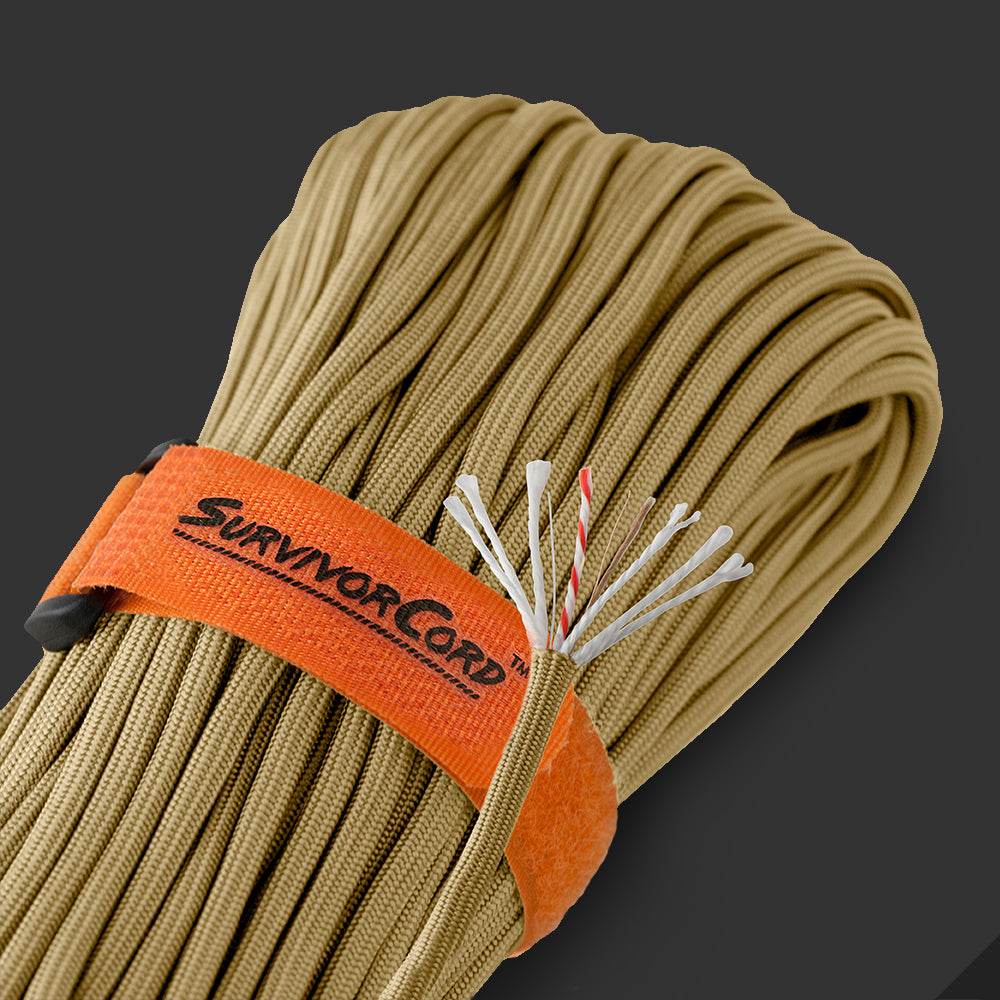
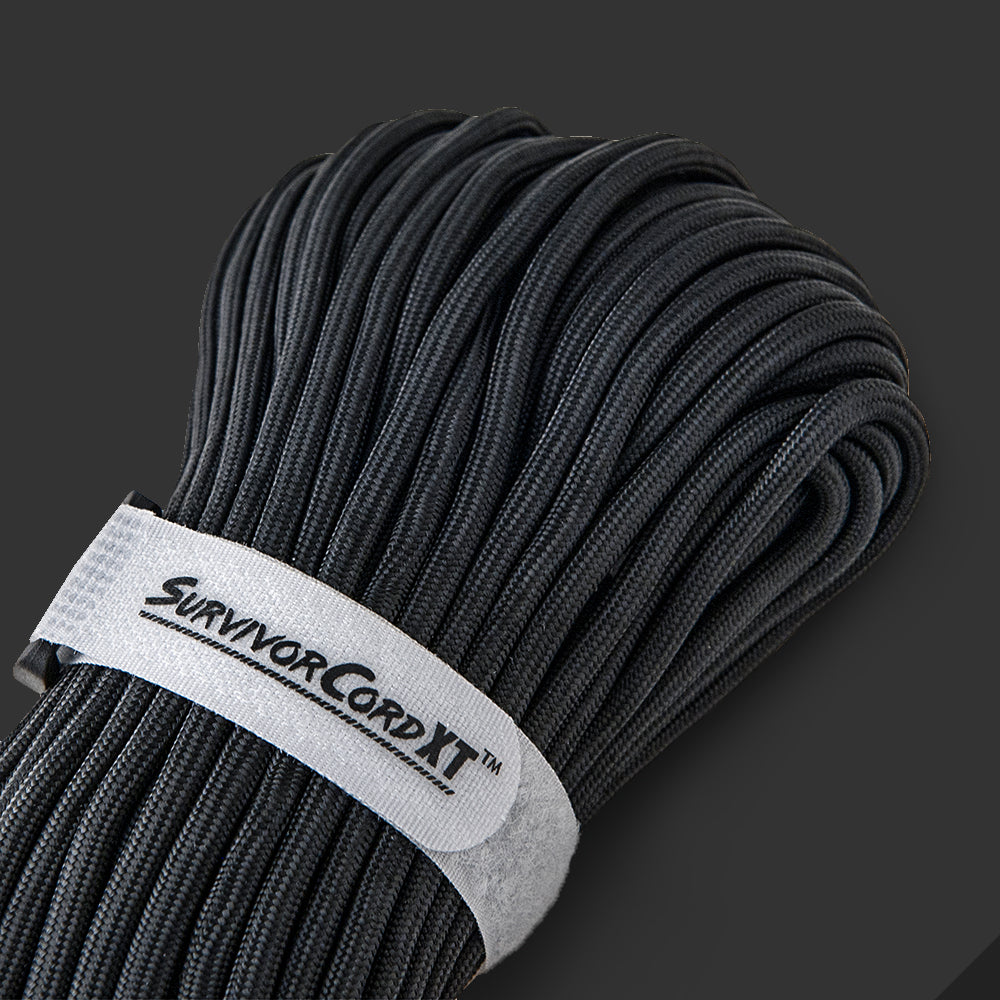

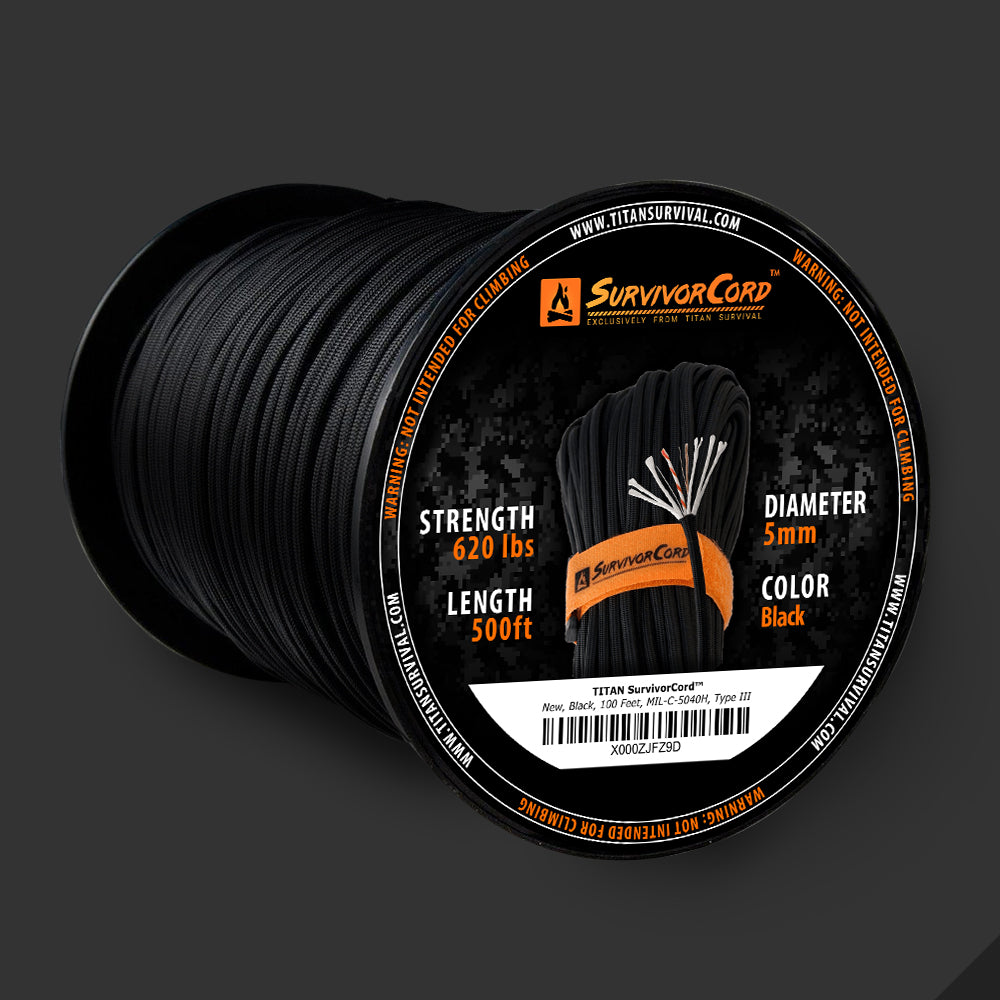

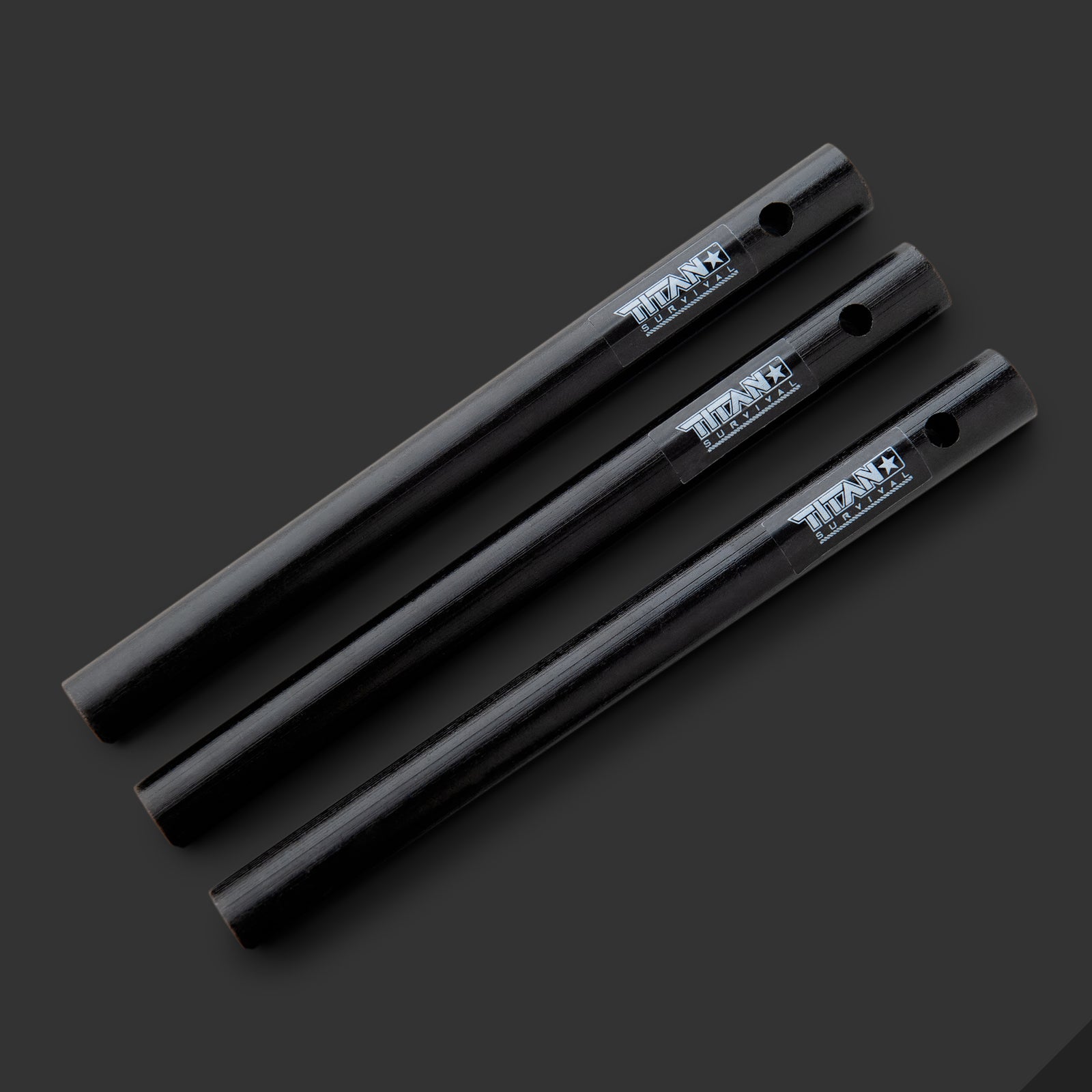
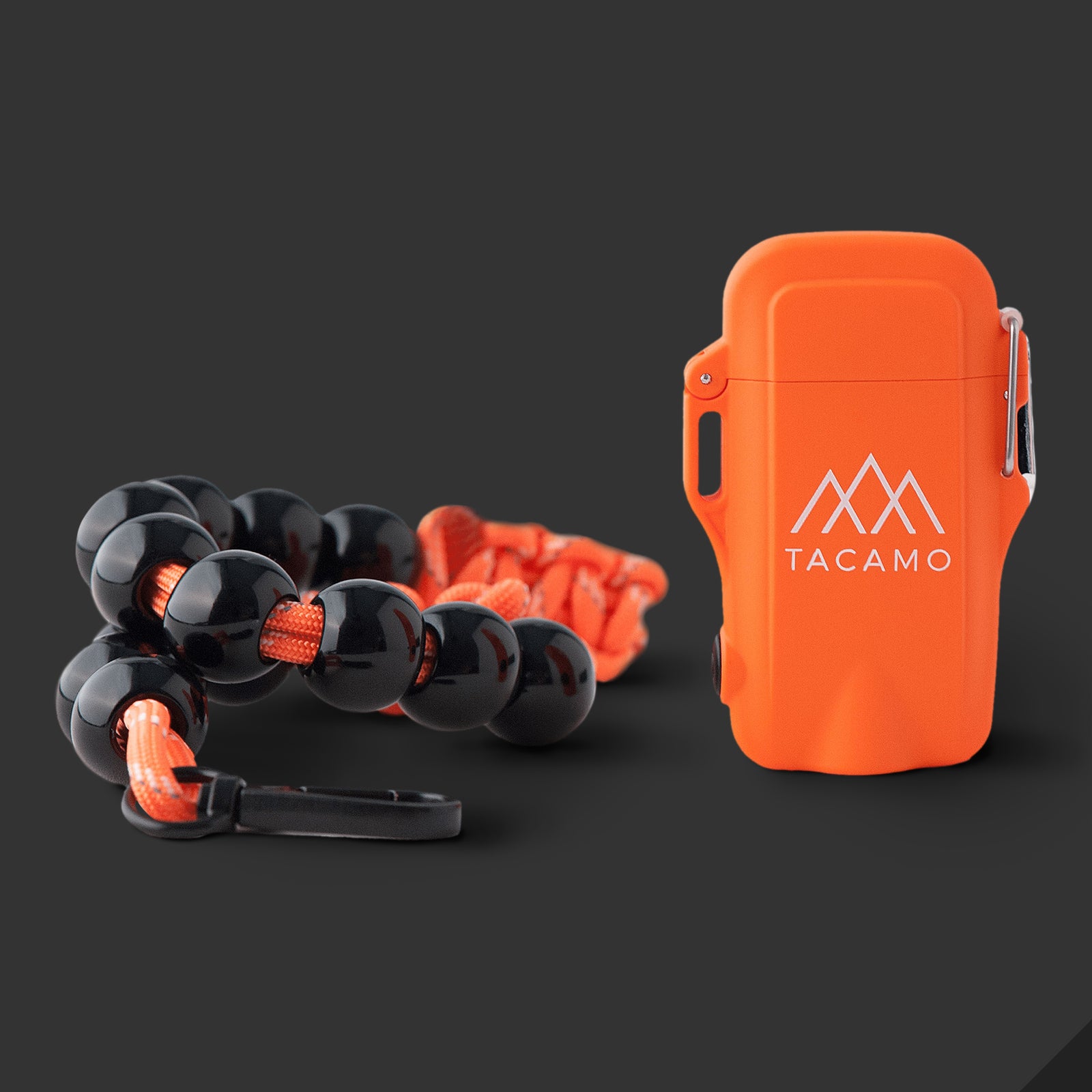
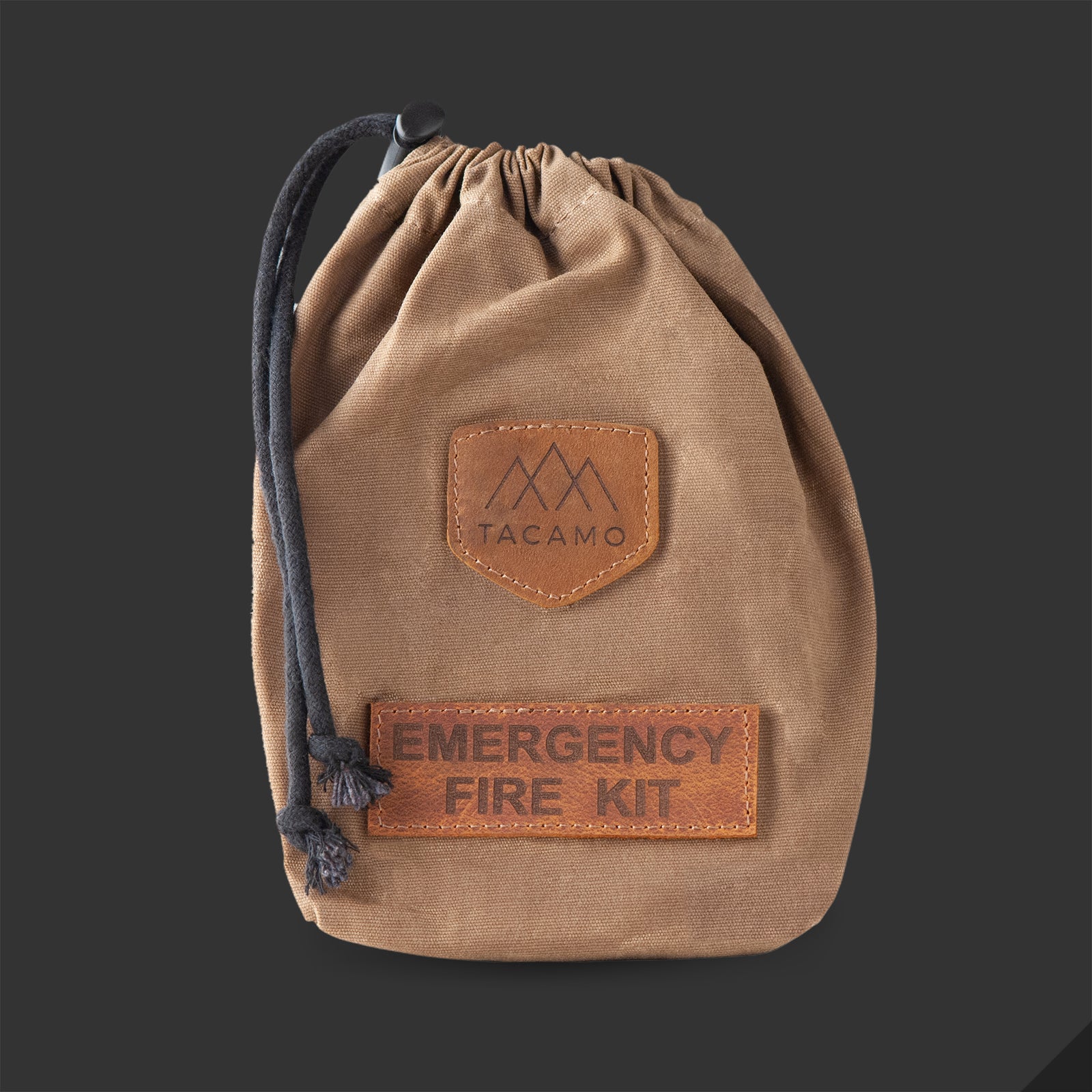
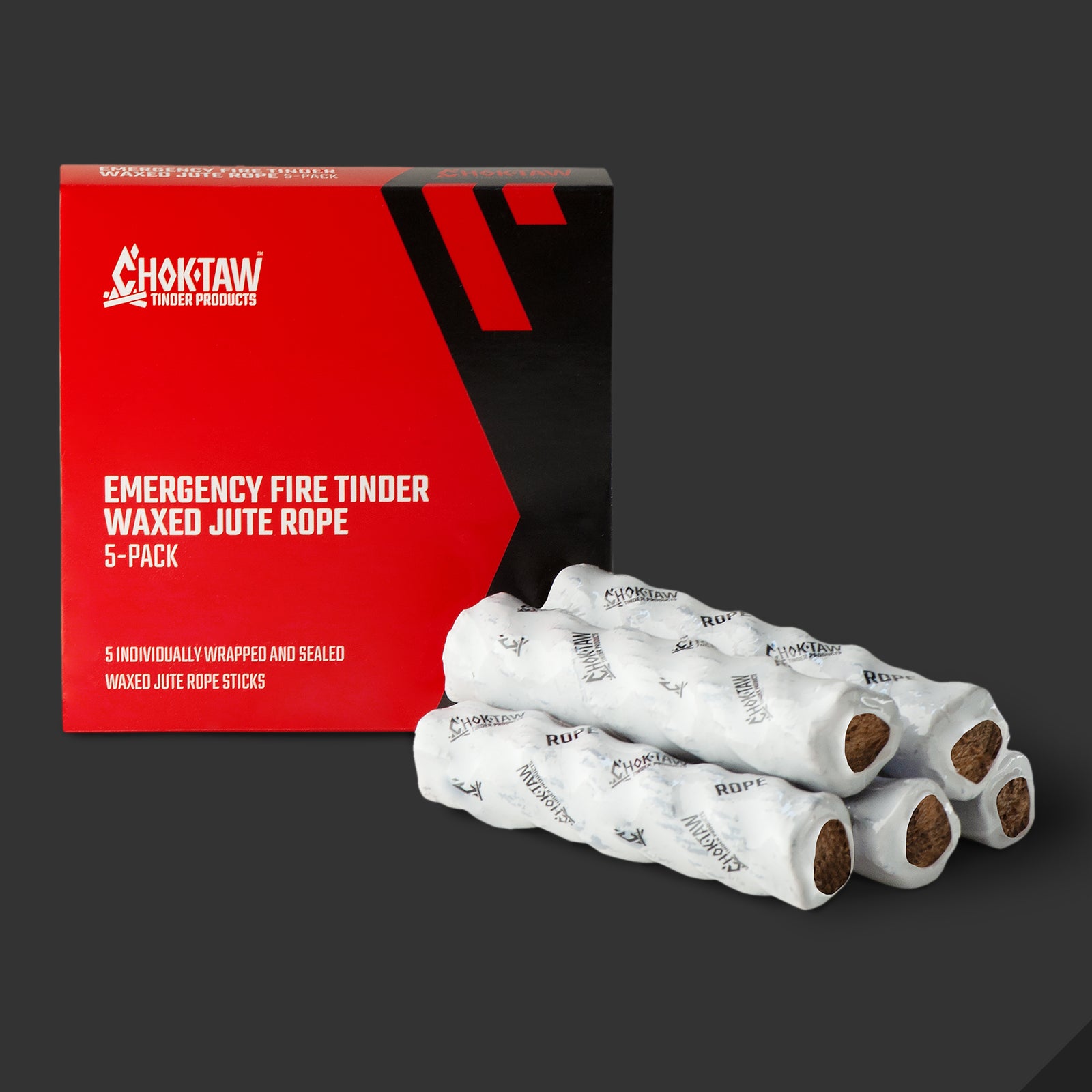
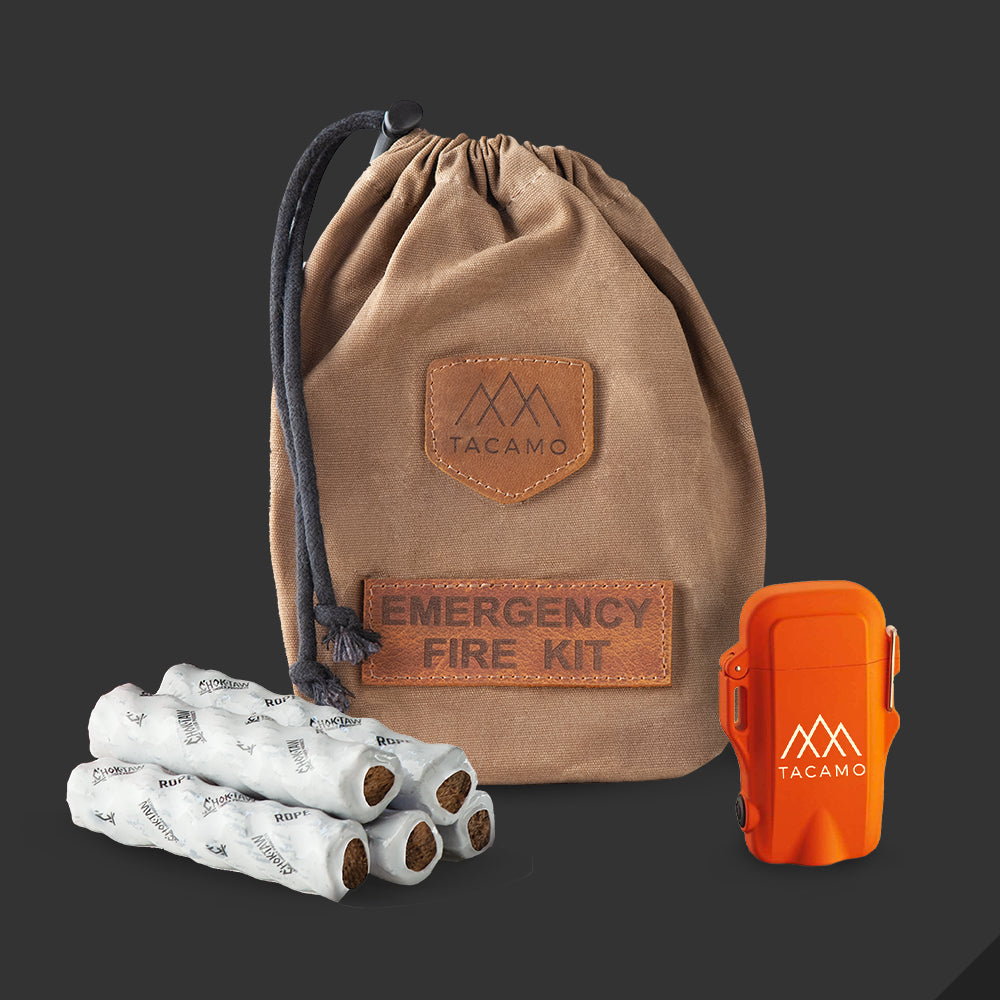
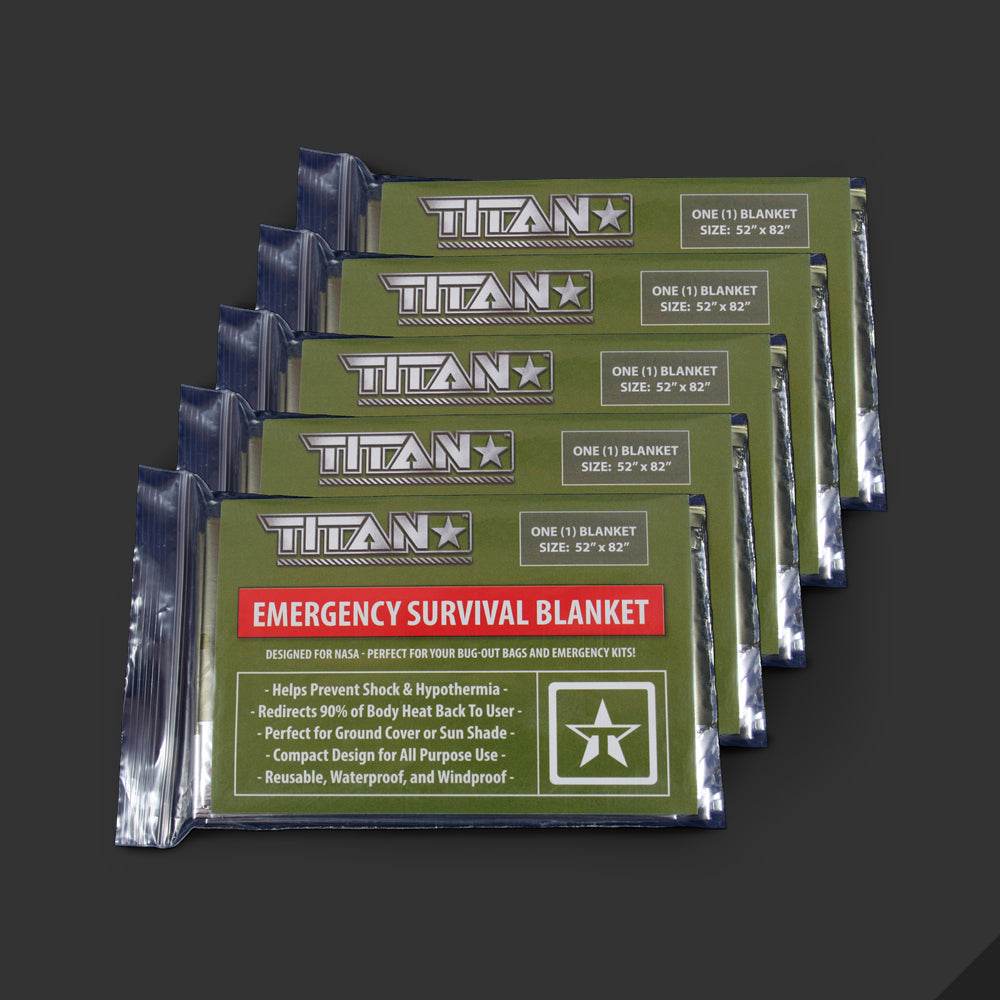

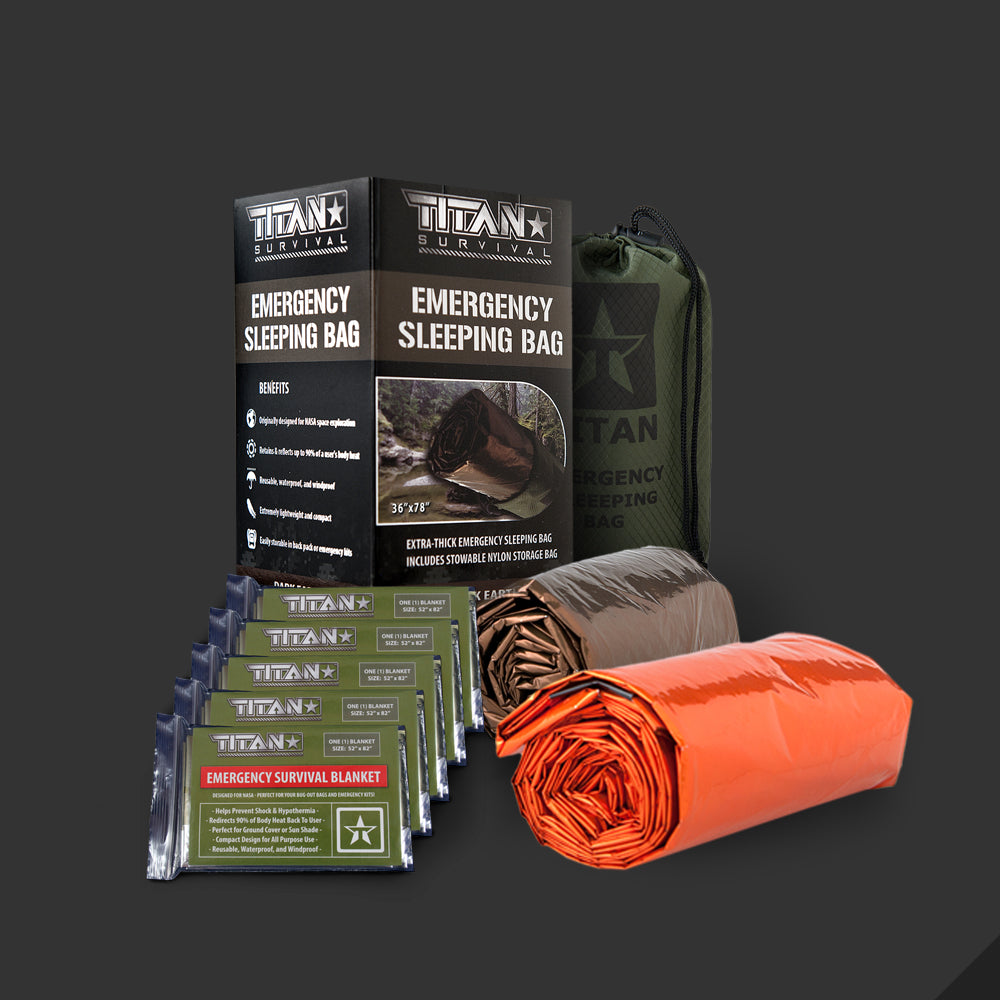
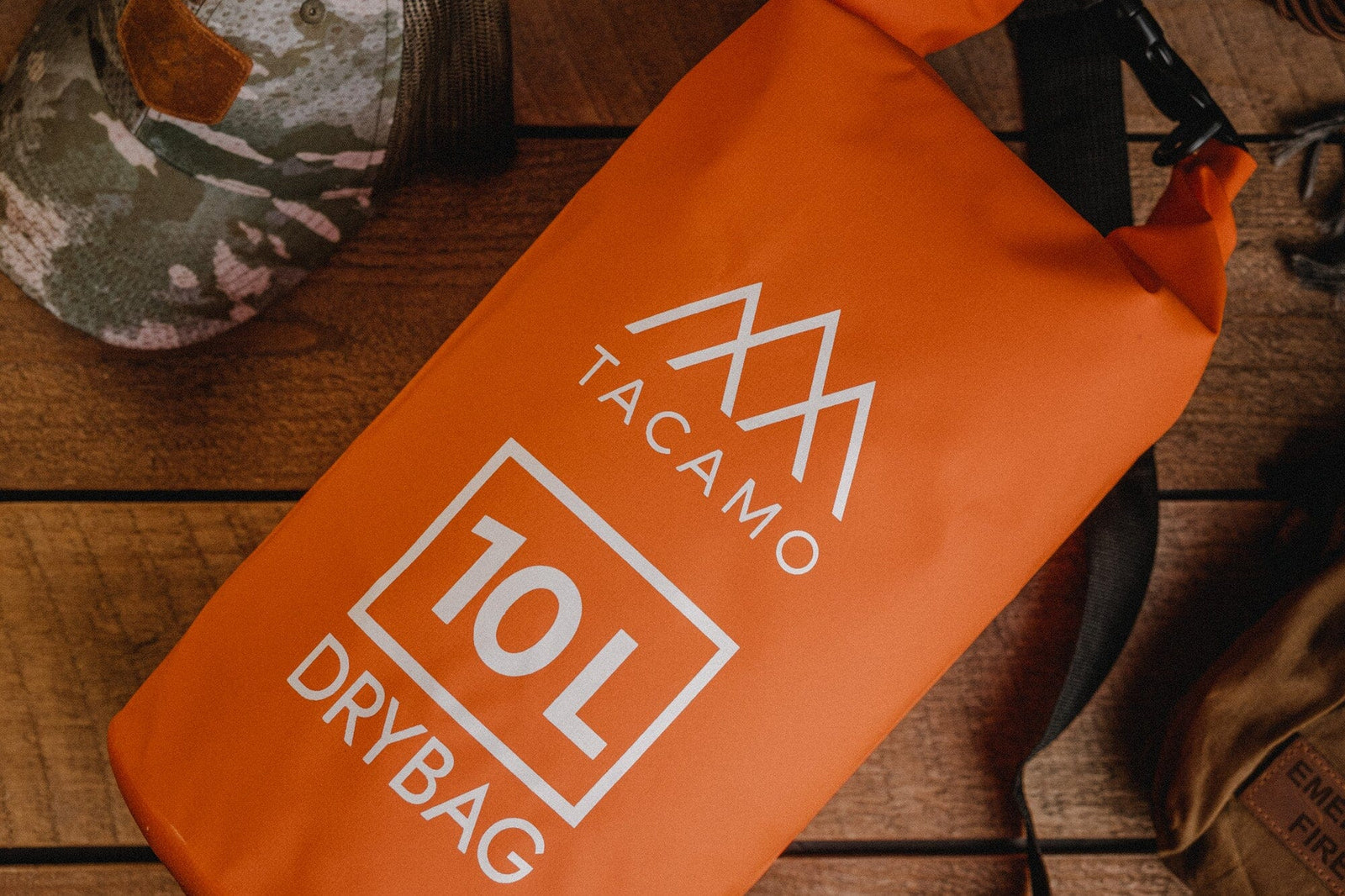
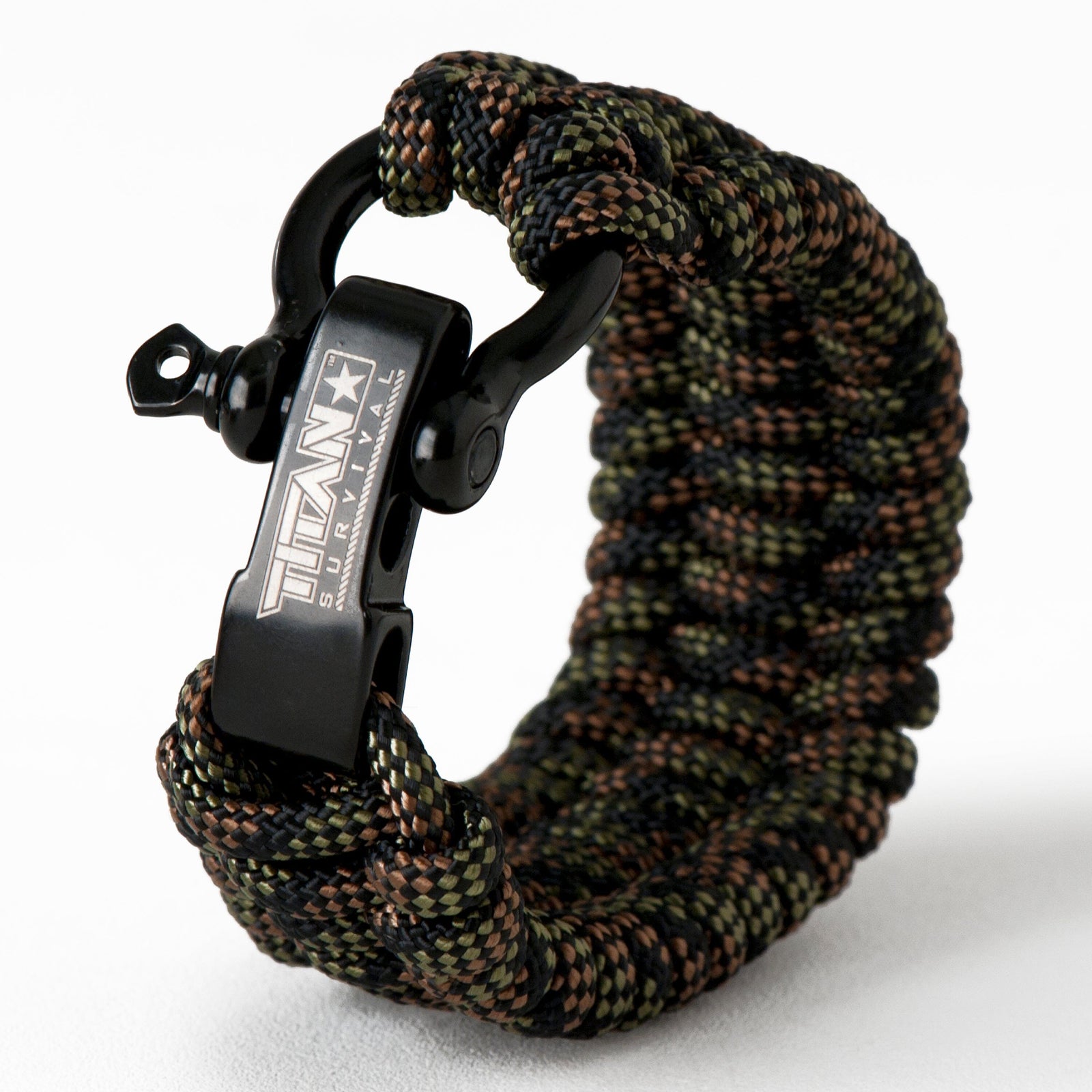
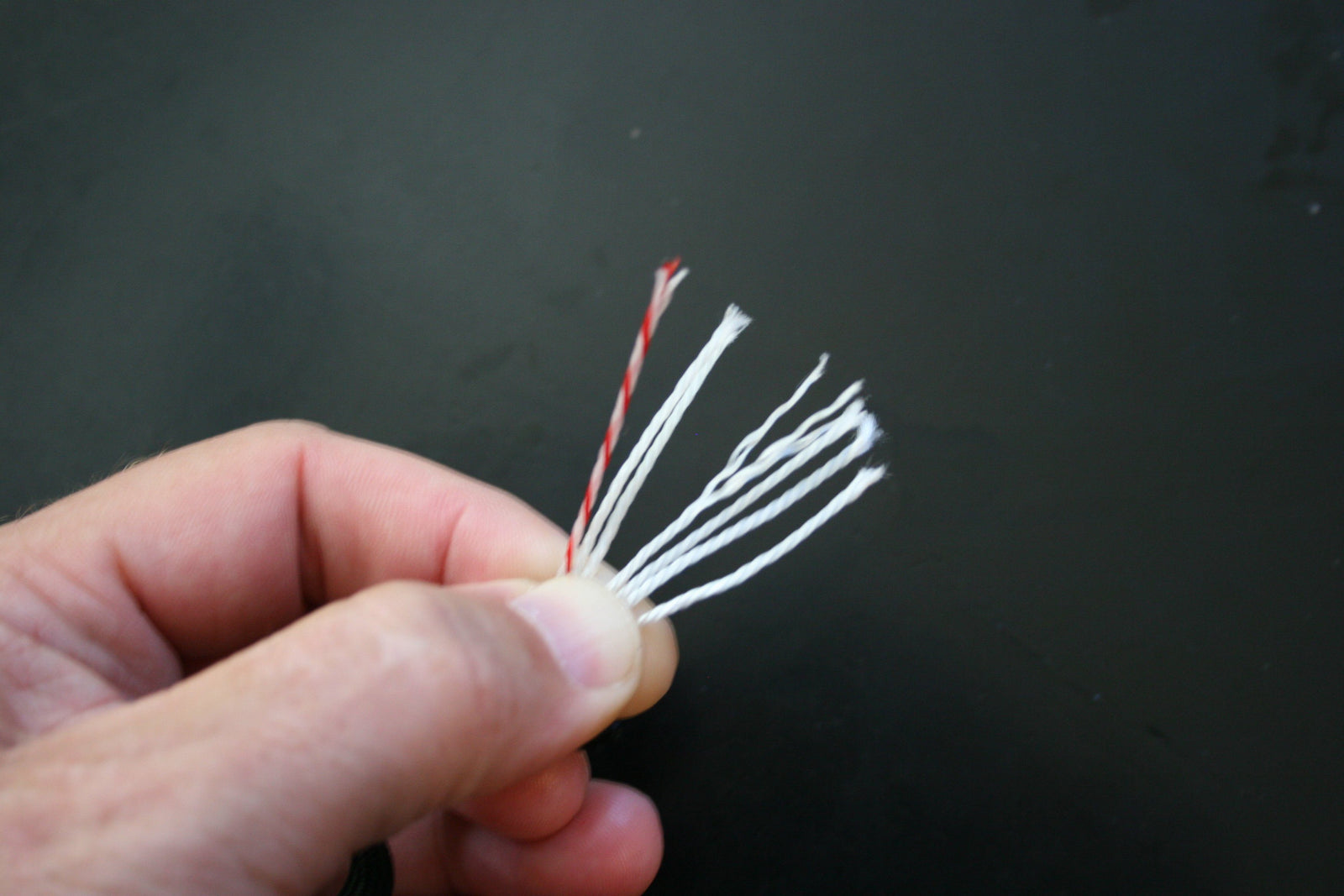
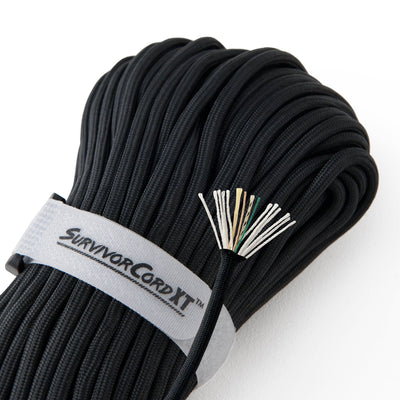




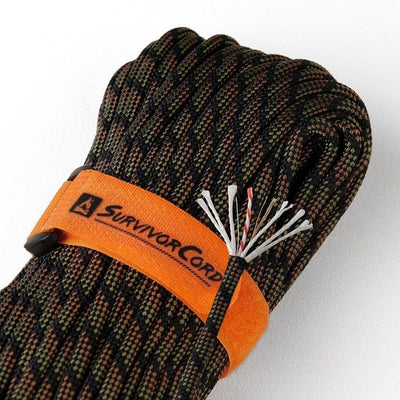




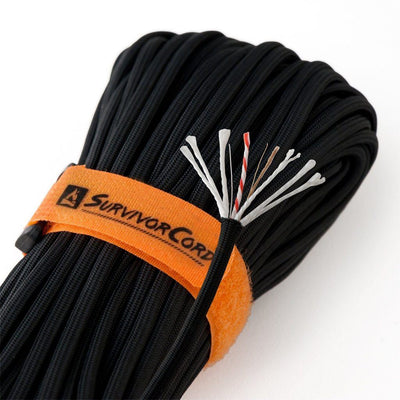
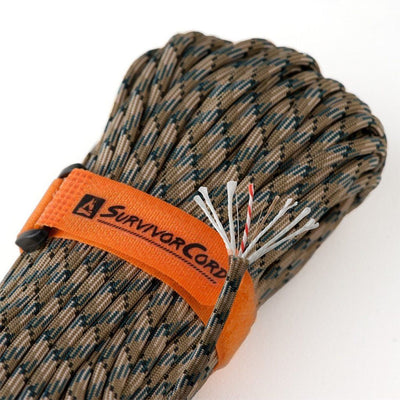
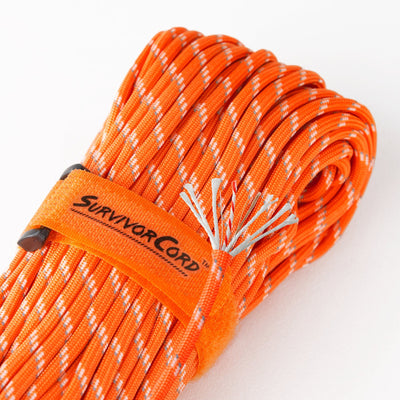
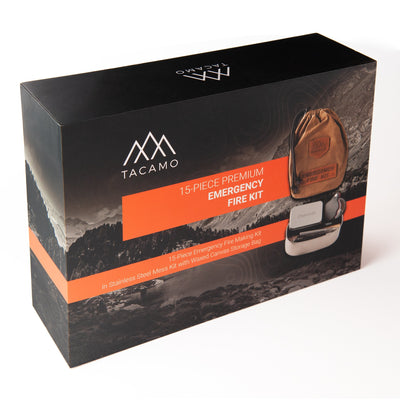
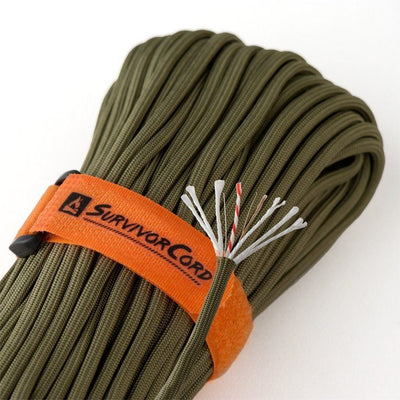
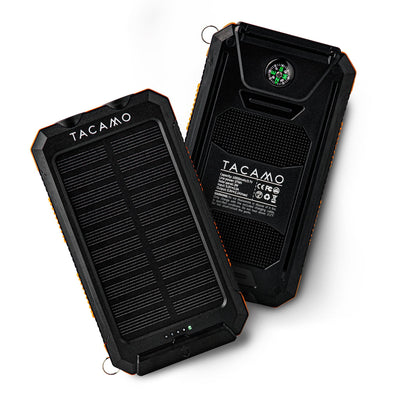
Leave a comment (all fields required)